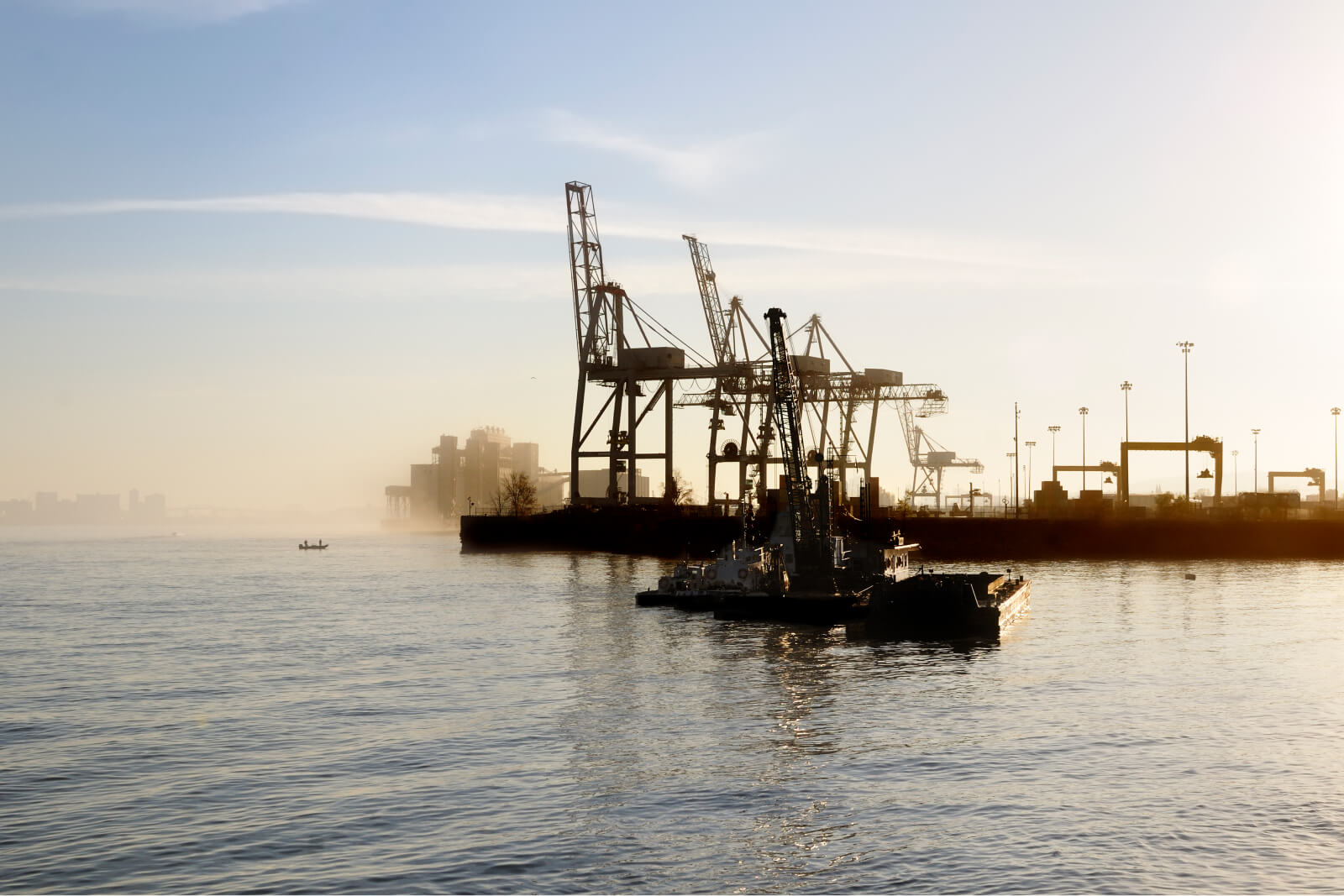
Striking dock workers at the Port of Montreal returned to work on Saturday of May 2, ending a week-long strike, which began on Monday, April 26. Though the government passed a back-to-work legislation to resume work at the port, things are still in limbo as some union members have made statements about challenging this outcome.
News about the upcoming strike came in advance of the upheaval, which created some buffer time for the port to optimize ongoing shipping operations as much as possible. It also gave shippers and BCOs the opportunity to reroute cargo to avoid delays. Many shipping companies issued an advisory about the contingency measures for the clients in light of the impending strike.
FourKites platform data for the week leading up to the strike illustrates these preparations, highlighting a significant decline in shipping volume and waiting times at the port.
As illustrated below, shipment volume decreased by 90% during the week of the strike (April 26), following a decline of 11% for the week leading up to the strike.
We observed a similar trend with regard to dwell time at the port. We see that waiting times for imports declined significantly — from 5 days in the week of April 4 to 1 day for the week of April 25. This is likely due to port operators taking extra measures to accelerate loads leading up to the planned strike, as well as fewer ships coming into the port.
As you can see below, export dwell has remained constant over the three-week period of April 11-April 25.
The Port of Charleston has also been in the news lately due to the anticipated turmoil between the labor waterfront works union and Port Authority’s new Leatherman Terminal. As a result, containerized vessels operated by THE Alliance and The Ocean Alliance will be rerouted to the Wando Welch Terminal in Mount Pleasant. The port and terminal operations in Charleston are a major artery to the East Coast and Midwest for import and export cargo, so these disruptions will certainly reverberate throughout the region.
. . . . . . . . . . . . . . . . . . . .
Strikes, labor disputes and capacity constraints are hugely disruptive factors that impact supply chain on a frequent basis. And as we’ve seen over the last few months, ongoing ocean disruption puts significant pressure on shippers, BCOs and importers to assess their network and look for alternative routes to avoid delays over the long term. Predictive visibility allows customers to assess delays and impact, making it easy for them to reroute cargo to other locations to avoid import and export delays.
To view real-time insights with regard to port congestion at over 230 global ports, check out FourKites’ free Network Congestion Map, which was just named to Fast Company’s 2021 list of World Changing Ideas.